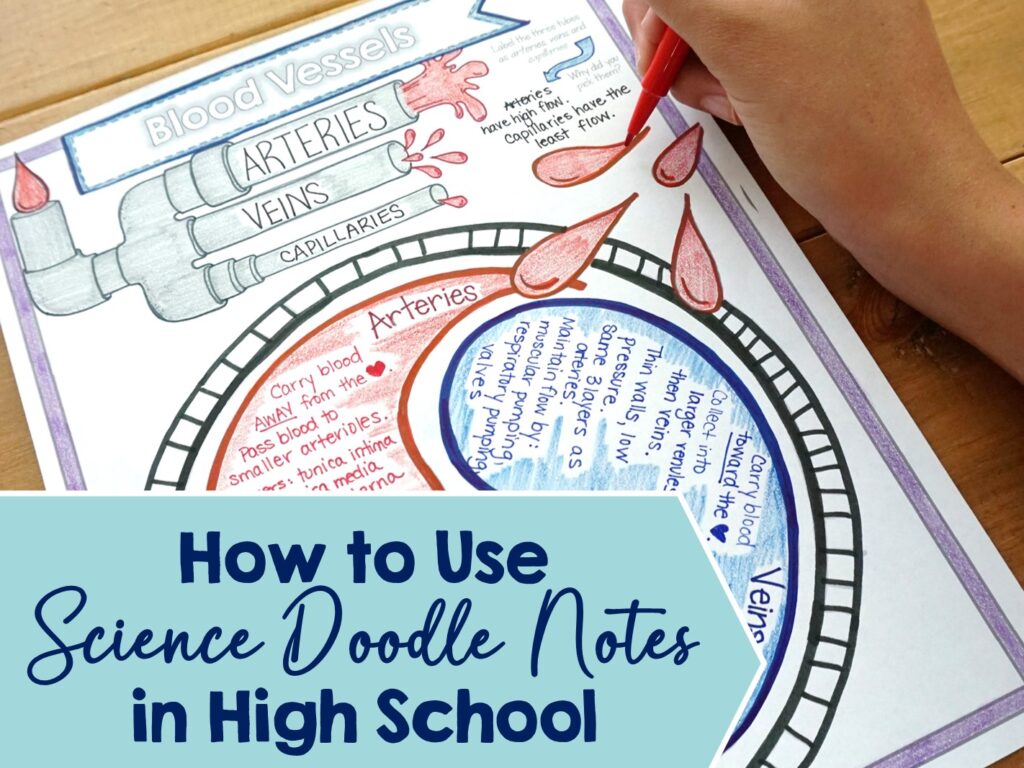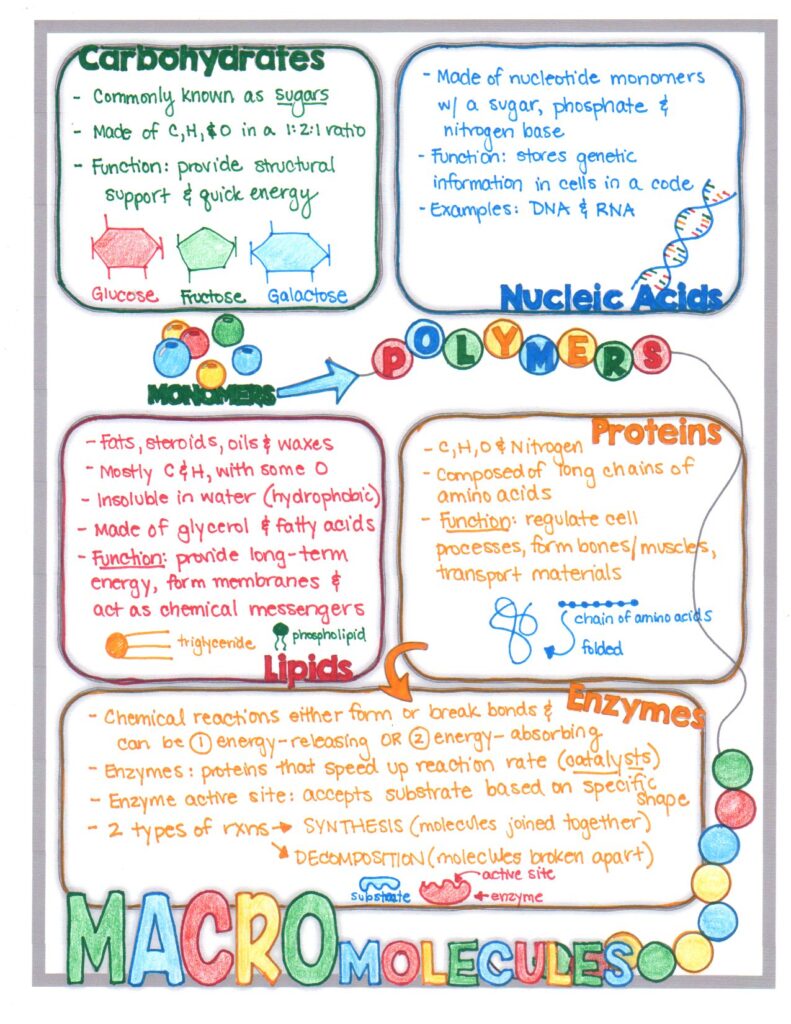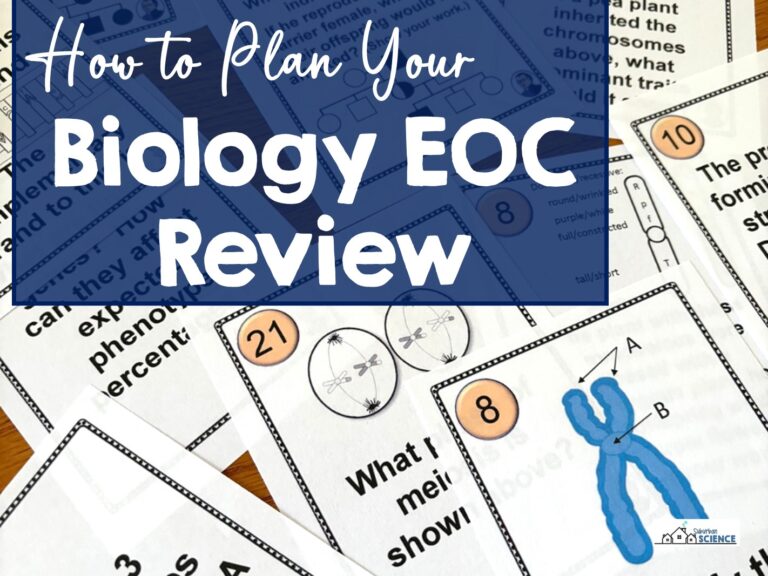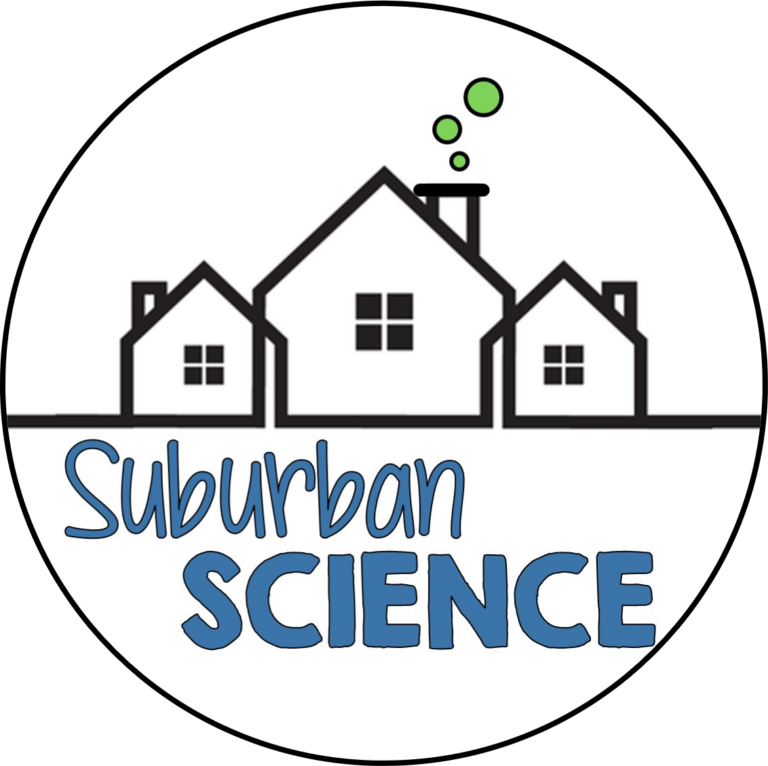Doodle notes. It’s a term you’ve probably heard in your teacher circles, on social media, and possibly even in professional development training. But what are science doodle notes and how can they be used in the high school classroom?
Years ago, teachers were taught that each child had a particular learning style that suited him best- visual learning, auditory learning, etc. This myth persisted for decades despite the lack of evidence supporting it. In fact, the data on learning styles suggests that a combination of learning styles is best for every learner.
Science doodle notes provide a fun and engaging way to combine visual and auditory cues. They blend visual and textual learning together in a method known as “dual coding”. Although some teachers may effectively use this combination of visual and textual cues, it is new for many. If you’re considering using science doodle notes in your classroom or need a way to justify the change from traditional notes in discussions with parents and administrators, the tips below may be just what you’re looking for.

Benefits of Science Doodle Notes:
Benefit #1: Doodle notes keep them awake
Doodling can provide just enough activity that students are able to be attentive and continue listening to your lecture. This is why I don’t require that my students make eye contact with me while I’m lecturing. Coloring and doodling prevent daydreaming without overloading the information pathways with more text.
Benefit #2: Doodle notes increase retention
Dual coding allows students to form additional connections with information, increasing their memory of new concepts. Another common psychological theory known as the “picture superiority effect” has shown that people are able to remember images better than words. This will give your students a leg up on their assessments!
Benefit #3: The fun factor
I’m willing to bet that your students will enjoy using doodle notes. Although there may be a small adjustment period, most students prefer to use this note-taking method over traditional methods. I’ve found that many students enjoy spending extra time at home adding details and color to their notes and I think any extra time spent with their notes out counts as a studying win!
Tips for Using Doodle Notes:
- Making science doodle notes takes a little practice, but can be highly worthwhile for your students. Doodlenotes.org is a great place to start. You can get ideas, find templates, or shop premade notes for many different subjects.
- I don’t grade doodle notes. Although it’s possible, your less creative students will see it as unfair. Let them add flair as they see fit rather than forcing it.
- Have coloring materials available every day in a consistent place for students to easily access. Flair pens and colored pencils are my favorite tools, but regular markers and crayons work fine, too.
- Use doodle notes as the primary note-taking method during a lecture or as a summarizing review after the lesson. Either way, I generally don’t use more than 2 pages per 45-minute class period to prevent overwhelming my students.
- Especially when they are learning to use these notes, students will need to see an example. You can show them a colored student example page during the lesson (possibly by document camera) or at the end to make sure they’ve gotten all the pertinent information.
- Most importantly, use the note-taking time efficiently. Students can color and draw during the class lessons as long as they are also writing content. The content is still the essential information. Additional coloring and doodling can be done on the students’ own time.
*Doodle Notes (TM) is a registered trademarked term that may not be used commercially without permission.






